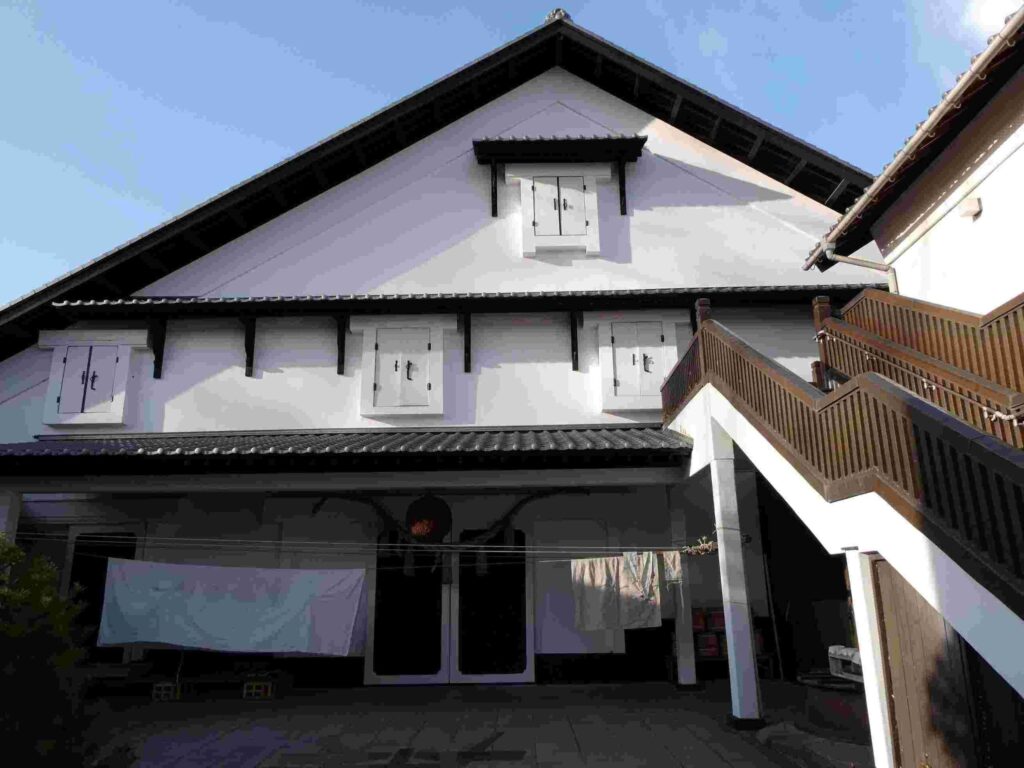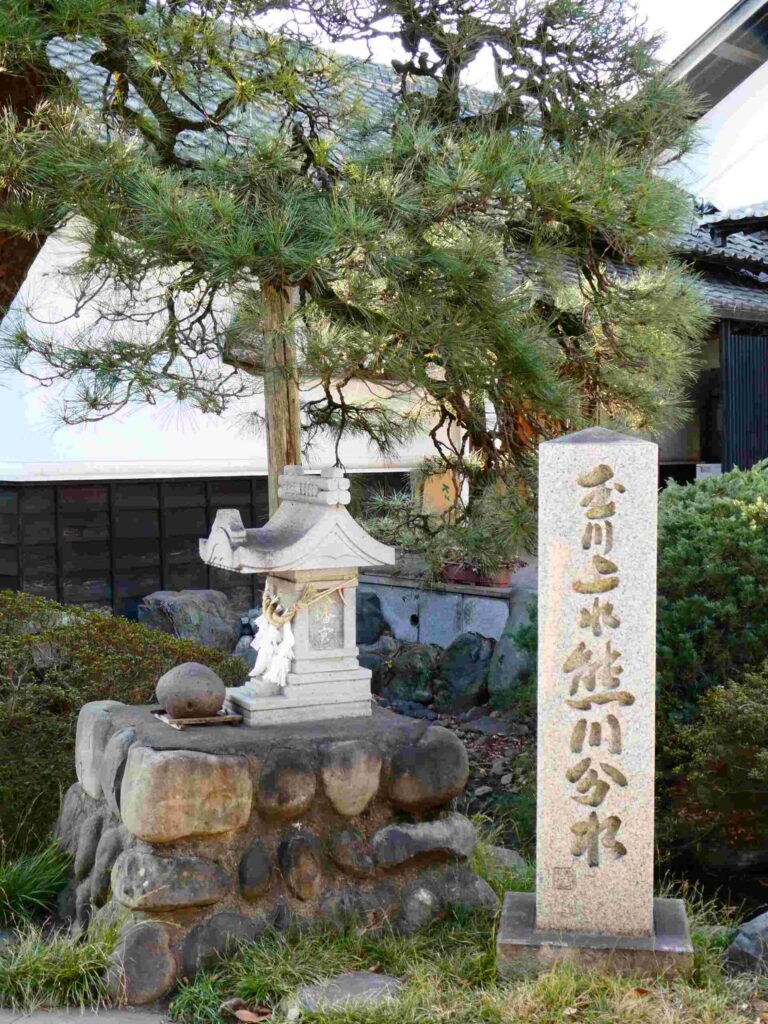All rights are reserved under the copyright of Yasuyuki Ayukawa (2023)
I am visiting companies challenging the global market with Japanese skills, Japanese quality, and Japanese craftmanship based on the tradition. I don’t know if the world has overtaken Japan or if Japan has declined, but in recent years, it is said that Japan’s position in the world is declining in various parts such as economy, society, and the quality of life. But is it really so? Japan still has world-class technology, traditions, and culture, and the value of these has been recognized in other parts of the global market thanks to the efforts of many companies pioneering the market in many countries. Furthermore, there are also new companies taking on the challenge with products and technologies, with their confidence and pride, to the world. In this series, I would like to introduce how such companies are challenging the global market.
The first issue is
Ishikawa Brewery Co., Ltd.,
a sake brewery in Tokyo.
(https://www.tamajiman.co.jp/en/)
Ishikawa Brewery has a brewery on the river terrace of the Tama River in Fussa City, West end of Tokyo, and has been working on sake brewing since the end of the Edo period, 19th. Century. Besides Japanese sake, craft beer is also available. Ishikawa Brewery , is working to expand exports to South East Asia. The effort was indeed of “a maverick”, drawing a clear line apart from Sake in the mainstream. Taking on the brand “Tama Jiman” (sake) and “Tama no Megumi” (craft beer), Ishikawa Brewery is challenging the global market!
This time it’s finally the final version!
Introducing the management of Ishikawa Brewery, finally, overseas business development expansion, and the history!
Unique Management
Mr. Koike, who I spoke to this time, is in his 40’s, and Mr. Maesako is in his 30’s.
Some of you may find this a little surprising at the fact that relatively young persons takes initiative in the management of the company in the deeply traditional industry in Japan
Middle-level leadership and bottom-up management are different from the so-called management style of big corporations, and in many small and medium-sized independent breweries, the owner or top-management often leads the management as the top-down approach, even in the operational issues inl business such as sales and brewing.
It can be said that the management style of Ishikawa Brewery which the two of them take initiative, is unique as a non-major sake brewery.

The head of the family, President Ishikawa, said,
“It’s the president’s job to draw the lines, and it’s the employees’ job to add colors and add or remove lines.”
Most of the operational work has been delegated to Mr. Koike and Mr. Maesako. Mr. Koike has a motto to respect speedy and immediate in planning; “Doing things which others don’t do, faster than others do” In this case the report to President Ishikawa may be forced to be after the implementation.
Management of a large company putting corporate governance at the forefront, such as the speed with which requests for approval are passed, cannot achieve this.
When I visited Ishikawa Sake Brewery this time, I felt the vitality of the employees and the energy of the company. May they come from such a management style.
Finally, the main subject!
Overseas expansion of
Ishikawa Sake Brewery
It is a common trend in the sake industry to seek a way out in the overseas market while the domestic market is stagnant, and to increase overseas sales.
Ishikawa Brewery is no exception here, and Ishikawa Brewery is working hard every day to find out how to develop in overseas markets, how to strengthen branding, and how to increase sales.
In the domestic market, Ishikawa Sake Brewery has adopted a B2C-centric strategy, using its in-house shop and restaurants as a kind of detonator to launch online and projects, but it seems to be a bit hard to develop the similar scheme outside Japan.

Establishing and operating your own shops there requires considerable resources. Even if it is an online shop, there is no choice but to leave the operation by the local distributor outside Japan, and what can be done from Japan is limited, such as small amount of cross-border EC.
For this reason, Ishikawa Brewery has set up an orthodox local distributors outside Japan, having taken B2B development to develop the market from that route.
However, the identity as a sake brewery, and the sake for those markets were consistent with the domestic market in Japan.
After all, Branding could not be done with others’, but something unique as Ishikawa Brewery, and therefore, the Sakes for those markets were the same for those for Japan.
There, Ishikawa Brewery develops sake with a sweet and mellow taste, which is complex and gorgeous for sake, just like Ishikawa Brewery is selling in Japan.

It aims to be the exact opposite of the mainstream overseas trend of “light and dry fist -taste” and “lean post-taste”.
However, this was not easily accepted.
First, Ishikawa Brewery aimed to expand its business in Europe, America, such as France, U.K.. and the United States, as well as in Australia. But those are the countries of wine culture where the style has become established to enjoy matching wine with meals. And there, the position of sake there is straight out “alternative to wine”. It might be the reason why that sake with a light first-taste was required.
In the midst of this, Tamajiman, which is the exact opposite of this, has a rich and complex taste, which is hardly taken by local distributors. Therefore Ishikawa had to give up those markets.
The next target was the Asian market. In particular, Mr. Koike felt a positive response in the Southeast Asian market.

In these countries, where the weather is hot and humid, strong flavors and sometimes sweet dishes like in Vietnam are the mainstream, and Mr. Koike thought to be able to build markets with the taste of Tamajiman.
For Mr. Koike, this was confirmed when she visited Singapore in September 2022. A Japanese exporter and its local subsidiary exhibited at a local exhibition, and I actually accompanied them there.
Currently, Mr. Koike has high expectation for the Vietnamese market among the Southeast Asian markets.
The Sake market there is still premature. There are just about 2-3 brands of Sake on the market.
Sakes are almost exclusively enjoyed at Japanese restaurants, and the home drinking market is still small on the contrary to Singapore and Hong Kong, where markets for household consumption by the wealthy class exist, while in Vietnam it is almost non-existent.

However, Mr. Koike thinks there are bigger room for growth in Vietnam for the future.
There is also more room for new entrants than in large, mature sake markets such as Hong Kong, Taiwan, and Singapore.
Among dishes with a lot of sweet flavors, Mr. Koike thinks that the rich and gorgeous taste of Tama Jiman will also appeal to tastes.
In November 2022, Mr. Koike went on a business trip to Vietnam and visited many restaurants with the local No.1 distributor where the business relationship has been established.

On the other hand, Mr. Koike would like to utilise the “Sake Drinking Theme Park” originally for inbound demand and connect it to overseas Branding, but according to Mr. Koike, it is “future task”.
Ishikawa Brewery is located near Fussa City and Yokota Air Base. However, most of the foreign visitors come from Europe and the United States, and Singapore comes in third in Southeast Asia.
Ishikawa Brewery would like more people from Southeast Asia to visit the “Drinker’s Theme Park”.
In the future, Ishikawa Brewery will consider hiring people from Southeast Asia and work on creating a system connected to the Southeast Asian market by inbound demand.
Well, the history of
Ishikawa Sake Brewery,
What was it like?

Ishikawa Sake Brewery was founded in 1863, at the end of the Edo period.
Originally, the Ishikawa family was the family head of the village of Kumagawa.
The 13th generation started sake brewing. The surrounding rice fields have a large harvest, so it was the beginning of making use of the surplus rice.
It all started when I brewed sake at Morita Brewery on the opposite bank of the Tama River, which was closed at the time. After that, in the early Meiji period, we set up a sake brewery at our current location in Kumagawa Village (now Kumagawa, Fussa City) and started brewing.

In 1887, when he was the 14th head of the Ishikawa family, he started brewing beer, but stopped after just three years.
At that time, reusable champagne bottles and corks were brought in from Europe and bottled, and they were transported by big cart.
Besides, beer might be still a luxury item that only the wealthy class enjoys. And therefore, unlike today, the demand was not large, so sales did not grow well.
On the other hand, sake brewing as sake was reinforced in the Showa era, shortly after the World War II.
Due to the agricultural land reform by GHQ, much of the land owned by the Brewery was requisitioned, and there was also a situation of no choice but to go to sake brewing. It was around this time that I started using the Tama Jiman brand.

1975 and 1976 were the peak years of shipment for Ishikawa Brewery.
According to the National Tax Agency’s national statistics, this is two to three years after the peak of sake shipments totally in Japan.
The shipment volume at that time was about 1.8 million liter. Since then, the shipment volume has decreased, and now it is about 200 kilo liter.
In the midst of such a decrease in shipments, in 1998, partly because of the deregulation of the beer licensing system, we started brewing craft beer “Tama no Megumi”. 111 years have passed since beer production in the Meiji era.
Current licenses include sake, beer, low-malt beer, liqueurs, spirits, and recently a license for fruit liquor, with the first shipment of wine on December 17, 2022.
It would be great if “Tamajiman”, a maverick of Japanese sake that grew up in such a history, would become a standard drink in global market, good luck in Vietnam!
Thank you for your joining
“Tour of Ishikawa Brewery’s Story”.
Please
look forward
to
the next issue!
All rights are reserved under the copyright of Yasuyuki Ayukawa (2023)
